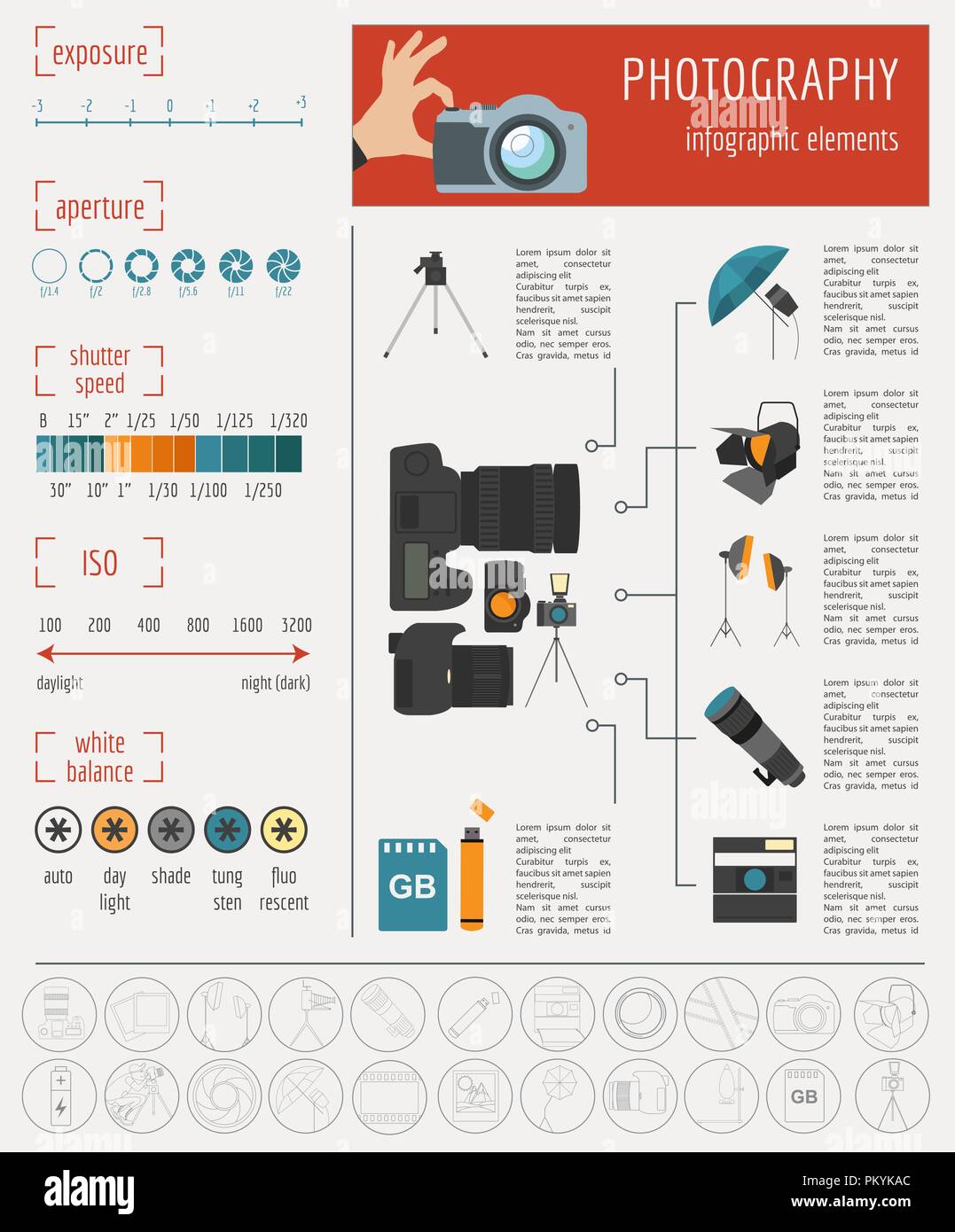Change Your Digital Photography By Mastering Lights Methods That Can Raise Your Pictures-- Uncover The Typical Mistakes That Could Be Holding You Back
Change Your Digital Photography By Mastering Lights Methods That Can Raise Your Pictures-- Uncover The Typical Mistakes That Could Be Holding You Back
Blog Article
Uploaded By-Futtrup Olsson
As a professional photographer, you understand that lighting can make or break your pictures. Recognizing the nuances of both natural and synthetic light is important for capturing the mood and clarity you go for in your job. Whether additional reading chasing the excellent gold hour radiance or tweak your synthetic setups, mastering these aspects can boost your photography significantly. However there prevail risks that numerous overlook, and identifying them can change your technique to every shoot. Allow's discover what you could be missing and just how it can affect your results.
Comprehending All-natural Light
Comprehending natural light is important for any photographer looking to boost their job. It's the foundation of excellent photography, influencing mood, tone, and clarity. When you shoot outdoors, take note of the moment of day. The gold hour-- soon after dawn and prior to sundown-- uses soft, cozy light that can change normal scenes right into sensational photos.
Don't ignore the power of cloudy days. Cloud cover diffuses sunshine, developing a soft, also light that's excellent for portraits and macro photography. You'll discover shades pop in this kind of illumination without extreme darkness.
Placing matters, too. Constantly consider your subject's alignment to the light source. If the sun's behind your subject, you might end up with a silhouette, which can be dramatic but mightn't be what you want. Conversely, straight sunshine can create uncomplimentary shadows.
Try out angles; sometimes, transforming your viewpoint can produce remarkable results. Use natural reflectors, like water or sand, to bounce light onto your topic, including dimension.
Mastering Artificial Light
Mastering synthetic light is necessary for digital photographers who wish to take their skills to the next level. Whether you're using speedlights, workshop strobes, or constant lights, recognizing just how to adjust these sources can drastically boost your photos.
Beginning by acquainting yourself with the fundamentals of light quality, instructions, and color temperature. Try out various modifiers like softboxes, umbrellas, or grids to control the soft qualities or cruelty of the light.
You'll find that soft light frequently creates lovely outcomes, while harsher light can include drama and deepness. Do not shy away from shadows; they can enhance the three-dimensionality of your subjects.
Pay close attention to the placement of your lights. A light positioned too near your topic can develop uncomplimentary results, while as well away can lead to a lack of detail. Use a light meter or your cam's histogram to guarantee you're exposing correctly.
Last but not least, remember that artificial light can be blended with ambient light for creative results. Stabilizing these sources may take technique, but once you understand it, your photography will truly shine.
Methods for Different Scenarios
When you enter various capturing circumstances, adapting your lighting strategies is important for capturing the very best pictures. For Photo studio , use the golden hour-- morning or late afternoon light-- to soften shadows and improve complexion.
If it's a rough lunchtime sunlight, take into consideration utilizing a reflector to bounce light back onto your subject or seek shaded areas for a more also direct exposure.
In low-light scenarios, like interior events, enhance your ISO and make use of a broad aperture to allow in even more light. A tripod can aid remove camera shake, allowing for longer direct exposures without obscuring.
If you're shooting at evening, explore off-camera flash to produce dynamic lighting and depth in your photos.
For item photography, make use of diffused lights to stay clear of harsh reflections. Softboxes or light outdoors tents can aid achieve this result.
When photographing landscapes, take into consideration the direction of light and time of day, as it can considerably alter the state of mind of your shot.
Always be ready to adjust your settings and placing based upon the scenario, as flexibility is vital to understanding lighting in digital photography.
Conclusion
Finally, mastering lighting is key to raising your digital photography abilities. Embrace all-natural light's elegance during gold hour, and don't avoid trying out synthetic light strategies. By adapting your technique to different circumstances, you'll record sensational photos that resonate with emotion and quality. Remember, the best lights can transform a normal shot into something phenomenal, so keep practicing and improving your understanding of both natural and artificial light. Happy shooting!
